Today, March 31, marks the first day of Eid Al-Fitr in Syria, a momentous celebration that lasts for three joyous days. Eid Al-Fitr is a festival that marks the end of Ramadan, a month of fasting, reflection, and prayer. This holiday varies in timing across the Arab world. While some countries like Saudi Arabia celebrate Eid on Sunday, March 30, other countries, including Syria, observe it on Monday, March 31. Despite the differences in timing, the spirit of Eid Al-Fitr remains the same across the globe—a celebration of faith, family, and community. In Syria, this holiday is filled with rich traditions, each adding its unique flavor to the festival. Let’s explore 10 key traditions that define Eid Al-Fitr in Syria.
1. Sighting of the Moon
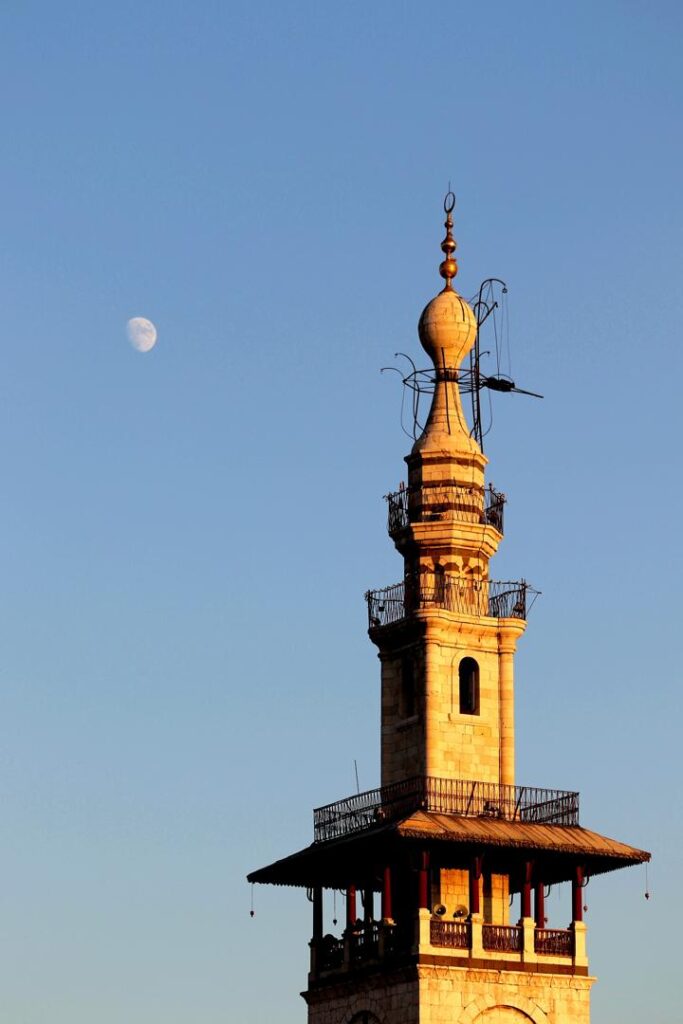
Eid Al-Fitr’s arrival is marked by the sighting of the new moon, signaling the end of Ramadan. This marks a special moment of anticipation for Syrians as they eagerly await the declaration that Eid has begun. While the moon sighting may differ slightly depending on the country, it’s a tradition deeply rooted in Islamic culture. The moon’s appearance signifies the completion of the spiritual journey of Ramadan and sets the stage for a day of joy and celebration. This moment is significant because it reflects a shared understanding of time and the cyclical nature of life.
2. Eid Prayers (Salat al-Eid)

The morning of Eid begins with a special congregational prayer called Salat al-Eid. This prayer is performed in large groups at mosques, public squares, or open fields, symbolizing unity among Muslims. The prayer is simple yet powerful, setting a tone of gratitude and spiritual renewal. After the prayer, a sermon is delivered, encouraging peace, compassion, and prosperity for all. The collective nature of this prayer is a reminder that Eid is not just an individual celebration, but a community event, emphasizing the importance of togetherness and shared faith.
3. Zakat al-Fitr (Charity)
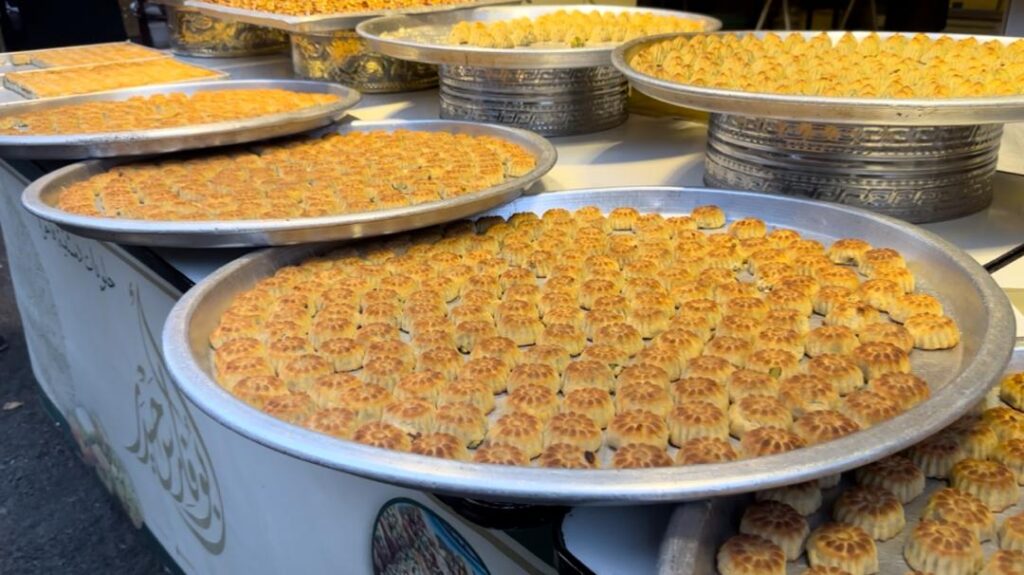
Zakat al-Fitr is a form of charity that every Muslim is expected to give before the Eid prayer. The purpose of this charity is to ensure that even the most vulnerable members of society can join in the Eid celebrations. It’s a way to share the blessings of the festival with those in need. In Syria, giving Zakat is seen as a powerful act of compassion. The tradition of paying this charity is one of the cornerstones of Eid, as it underscores the values of generosity and solidarity, which are central to Syrian culture. For visitors, this tradition highlights the importance of looking after the less fortunate and sharing one’s blessings with the community.
4. The Eid Feast
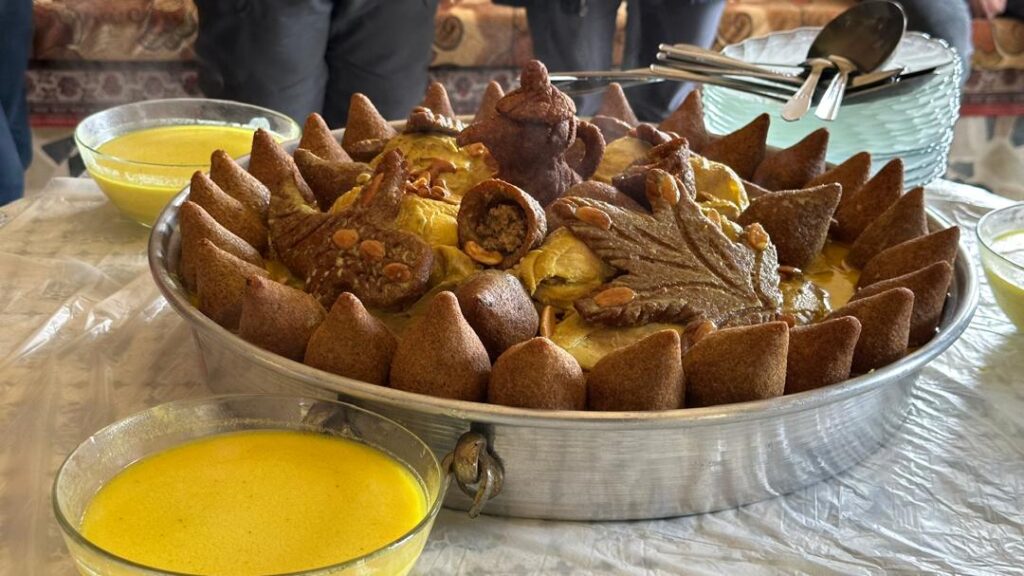
After the prayers, families gather for the Eid feast, which is a central part of the celebration. The meal is a way to break the fast that has been observed during Ramadan. In Syria, this meal includes an array of delicious dishes. The rich lamb stews, fragrant rice, and fresh salads are staples, alongside a variety of sweet treats like knafeh (cheese pastry soaked in syrup), ma’amoul (date-filled cookies), and qatayef (sweet dumplings stuffed with nuts or cream). These dishes are not just food; they are a reflection of Syrian hospitality and culture. Sharing food with family and friends is a way to reinforce the bonds of love and unity. For tourists, experiencing these traditional dishes is an essential way to connect with the culture of Syria.
5. Visiting Relatives and Neighbors
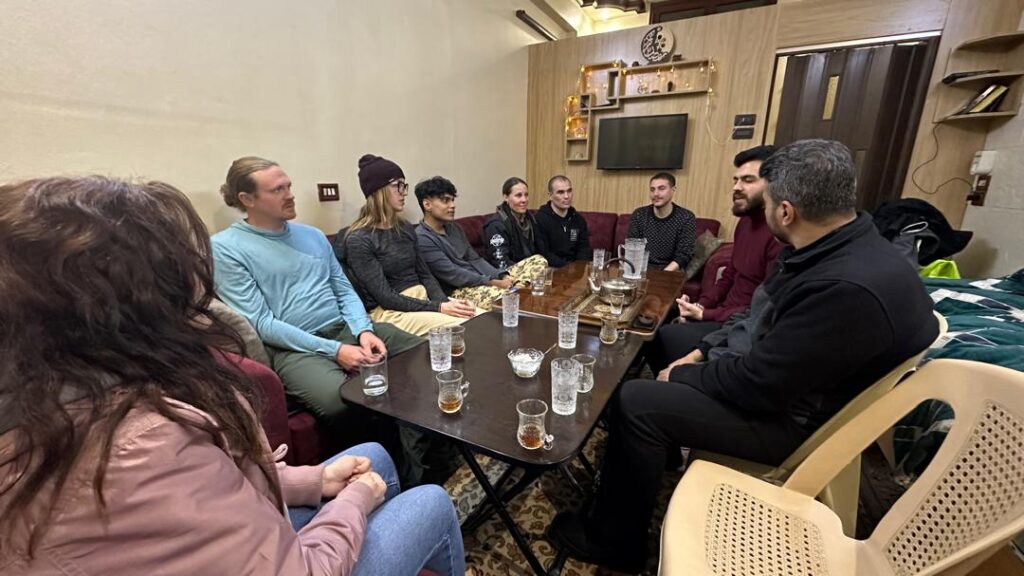
Visiting relatives and neighbors is an important tradition during Eid. Syrians take this time to reconnect with loved ones, share blessings, and exchange gifts. Homes are often filled with laughter and conversation as people greet each other with the phrase “Eid Mubarak” (Blessed Eid). It’s also common for people to visit neighbors, especially those who might not have family nearby. These visits are not just about giving and receiving, but about building community and strengthening relationships. The emphasis on kindness and connection makes Eid a time to renew social ties and foster a spirit of togetherness.
6. Wearing New Clothes
On Eid, it’s traditional for people to wear new clothes, symbolizing a fresh start after the month of fasting and self-reflection. The new clothes are often bright and colorful, reflecting the joy of the occasion. This tradition is especially exciting for children, who look forward to wearing their best outfits and receiving Eidiya (gifts or money from elders). In Syria, the tradition of dressing up is an outward expression of inner joy, marking the importance of the occasion. For visitors, it’s a beautiful sight to see the streets filled with people in their festive best, and it’s a clear indicator of the pride and joy Syrians take in celebrating Eid.
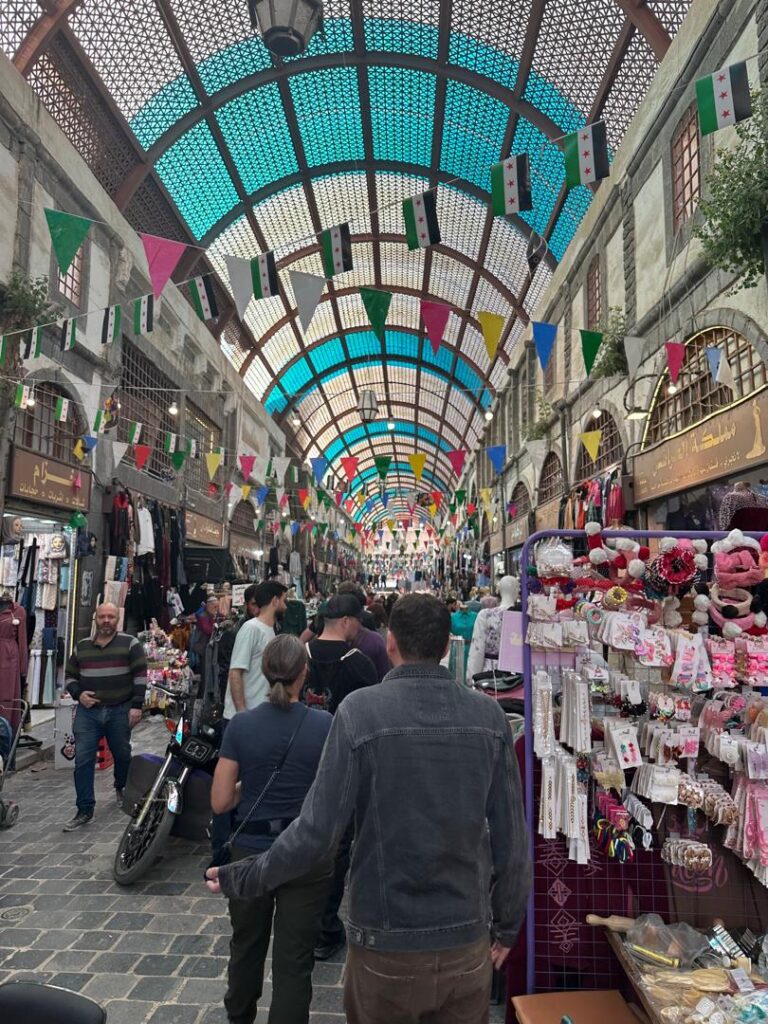
7. Eidiya (Gifts and Money for Children)
One of the most exciting parts of Eid for children is receiving Eidiya, gifts or money given by parents, grandparents, or other relatives. This tradition not only makes children feel special but also strengthens family bonds. The custom of giving money or gifts is a way to show love and care for the younger generation, and it adds a layer of excitement to the day. The children then often use their Eidiya to buy toys or treats, making Eid a fun and festive occasion for them. For tourists, seeing children running around with joy, excited to collect their gifts, offers a glimpse into the familial warmth that defines Syrian culture.
8. Decorating Homes and Streets
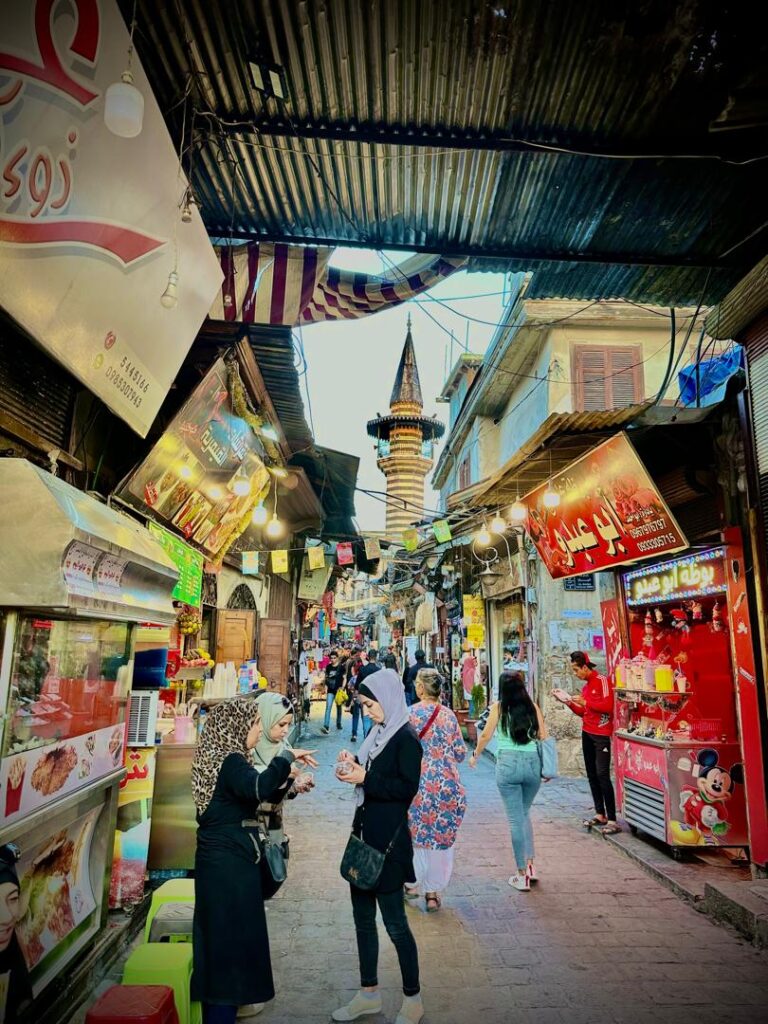
Homes are beautifully decorated for Eid, with colorful lights, flowers, and ornaments adorning every corner. This creates a festive atmosphere, both inside and outside. In Syria, the streets also come alive with Eid decorations. Markets are bustling with activity as people purchase last-minute gifts, foods, and new clothes. The decorations, combined with the scent of traditional sweets and food in the air, create a vibrant and inviting atmosphere that welcomes both locals and visitors alike. The importance of aesthetics during Eid reflects the value placed on beauty, hospitality, and creating an inviting environment for all.
9. Visiting Cemeteries
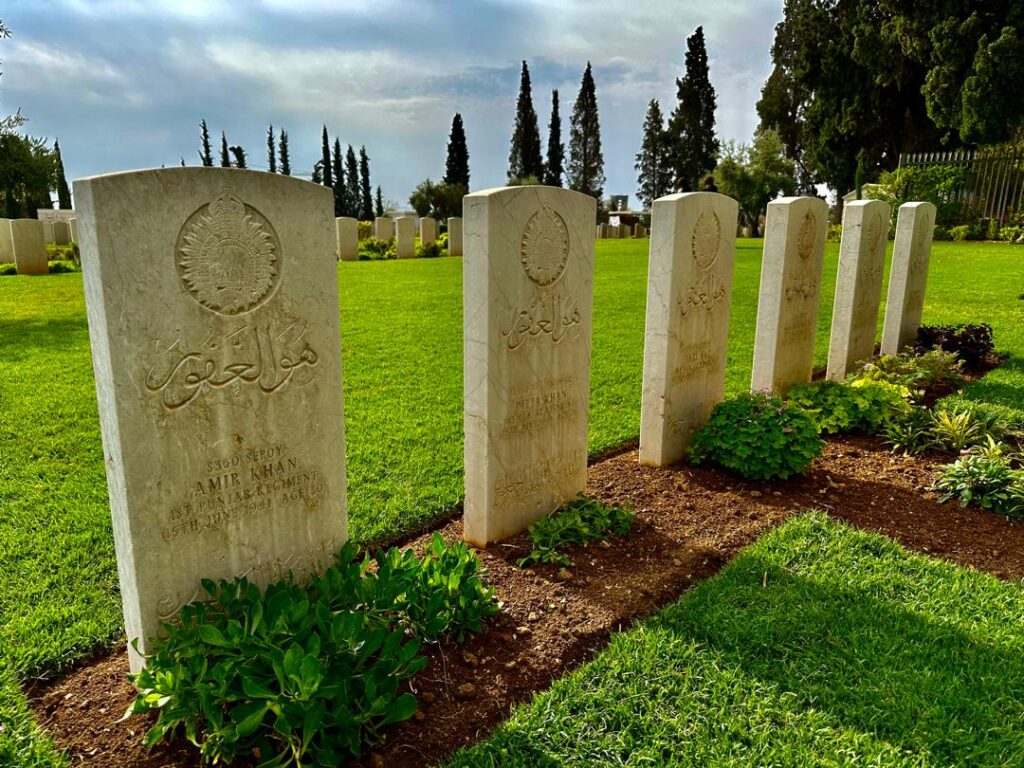
A deeply spiritual tradition observed on Eid is the visit to the graves of loved ones. Syrians often visit cemeteries before the Eid prayer to pray for the souls of the deceased. It’s a moment of reflection, remembering those who have passed away and acknowledging the transient nature of life. For many, it’s a time of introspection, where they reflect on the blessings of life and the importance of family. This tradition highlights the deep respect Syrians have for their ancestors and the importance of keeping their memory alive.
10. Public Celebrations and Festivities
Eid in Syria is not just about private gatherings; it’s also a time for public celebrations. In cities like Damascus, Aleppo, and Homs, the streets come alive with music, dance, and street festivals. The sound of traditional Syrian music fills the air as people engage in folk dances and games. These public celebrations help to foster a sense of community and make Eid a shared experience, whether one is a local or a visitor.
Conclusion: A Celebration of Faith and Community

Eid Al-Fitr in Syria is a beautiful blend of faith, family, and cultural traditions that come together to create an unforgettable celebration. From the solemn prayers and acts of charity to the festive feasts and joyful visits with family and friends, Eid is a time for Syrians to renew their faith, express gratitude, and strengthen community ties. For visitors, experiencing Eid in Syria offers a unique opportunity to witness the warmth and resilience of its people, the depth of its cultural traditions, and the profound sense of unity that defines this special occasion.
Eid Mubarak to all, and may this Eid bring joy, peace, and prosperity to everyone!
Let me know if you need any further revisions!
